LED lysbånd are becoming increasingly popular to add accent, task, and ambient lighting in various applications because they are flexible, energy-efficient, and have a long lifespan.
But the flexibility is limited by the power supply because you always have to connect the strips to AC110V or 230V through the power supply.
Are you tired of dealing with tangled cords and limited mobility with your LED strips? Hate the ugly wires coming through your furniture or floors from your strips to the power outlet? Do you want to do more such work?
Can you power LED strip with battery?
Did you know that it’s possible to power LED strips with batteries? This opens up a world of new possibilities for lighting up your space, whether for a party, a camping trip, or other outdoor events.
Forestil dig, at du nemt kan sætte LED-strips op, hvor du vil, uden at skulle finde en stikkontakt eller håndtere grimme strømkabler. Er det ikke vidunderligt?
I dette blogindlæg vil vi forklare, hvordan og hvilke batterier du skal vælge, og hvordan du forbinder dine strips med batterier, sammen med andre tips og overvejelser, du skal huske på. Med lidt almindelig viden og enkle materialer vil du hurtigt kunne nyde fleksibiliteten og bekvemmeligheden ved batteridrevne LED-strips.
Lad os dykke lige ned i det!
What are the requirements for LED strip light battery?
Der er to hovedkrav til batterier, der skal drive LED-strips: Det ene er spænding, og det andet er wattforbrug. Lad os forklare dem en efter en.
Spænding
De fleste LED-strips på markedet er enten 12V eller 24V. Du skal matche spændingen til strømmen på stripsene, når du vælger batterier. Jeg foreslår, at du vælger 12V fleksible LED-strips for at gøre batterivalget mere overskueligt.
Et simpelt eksempel er nedenfor: Hvis du bruger et 9V batteri til at drive en 12V strimmel, vil LED-strimlen ikke være så lysstærk, som den burde være. Men hvis du bruger et 16 V-batteri til at tænde en 12 V-strimmel, vil strømmen på LED'erne være så stor, at strimlen bliver meget lysere, end den burde være. Ved langvarig brug kan overbelastningen let beskadige lysdioderne.
Kort sagt, lad være med at over- eller underspænde LED-strips. Den bedste løsning er at matche spændingen.
Wattforbrug
Ovenfor forstår du tydeligt, hvor vigtig spændingen er for LED-strips. Den garanterer, at LED-strimlerne fungerer korrekt. Lad os så komme til wattforbruget, som er afgørende for, hvor længe LED-stripsene kan arbejde på dit batteri.
Før du køber LED-strips fra leverandører, bør du allerede have fået alle de nødvendige tekniske data fra leverandørerne, herunder samlet wattforbrug og wattforbrug per meter. Når du får stripsene i hånden, vil det være lettere at se alle de detaljerede specifikationer på pakken.
Nedenfor er et eksempel på vores specifikationer for LED-strips:
Unitop High-Density LED Strip Model: UTFS-HD2835-080 er 7,2W/M. En rulle af denne LED-strip er således 5M, hvilket er 7,2*5 i alt 36W.
Når du kender strimlernes samlede effekt, kan du beregne, hvor længe batteriet kan holde dem tændt. Vi vil forklare den detaljerede beregning senere i denne artikel.
Andre krav til batteriet
1. Størrelse
LED-strips bruges ofte i applikationer med begrænset plads, så det kan være nødvendigt at vælge batterier, der er små nok til at passe ind på den tilgængelige plads.
2. Type
Flere typer batterier kan bruges til at drive LED-strips, herunder alkaline, lithium og nikkel-metalhydrid (NiMH). Hver type har sine egenskaber, såsom kapacitet og afladningshastighed, så du skal vælge den, der passer bedst til din anvendelse.
3. Batteriets levetid
Et batteris levetid måles typisk i antallet af opladnings- og afladningscyklusser, det kan gennemgå, før det når slutningen af sin levetid. Du skal vælge batterier med en lang levetid, hvis du har brug for, at LED-strimlen fungerer i en længere periode.
How to choose suitable LED strip battery?
Der findes mange typer batterier på markedet. De mest typiske typer er som nedenfor:
3V knapcellebatteri
A 3V møntcellebatteri er en type lille, cirkulært batteri, der typisk bruges til at drive små elektroniske enheder som ure, lommeregnere og fjernbetjeninger. De er også kendt som knapcelle- eller møntcellebatterier og er normalt lavet af lithium, alkalisk (mangandioxid) eller sølvoxid. Knapcellebatterier er designet til at blive brugt i apparater, der kræver en lille, kompakt strømkilde, og de bruges ofte i apparater, der skal have strøm i en længere periode med minimal vedligeholdelse.
1,5 V AA/AAA alkalisk batteri
A 1,5 V AA/AAA Et alkalisk batteri er en type lille, cylindrisk batteri, der ofte bruges i elektroniske apparater som lommelygter, radioer og lommeregnere. Alkaliske batterier er kendt for deres høje energi/vægt-forhold og har en spænding på 1,5V. De fremstilles ved hjælp af en alkalisk elektrolyt og bruger ofte sølvoxid og zink i deres elektroder.
De fleste alkaliske batterier er ikke designet til at blive genopladet og bør udskiftes, når de ikke længere giver tilstrækkelig strøm. Den nominelle spænding på AA- og AAA-batterier er 1,5 V, og disse batterier bruges almindeligvis i små elektroniske apparater. Disse batteriers energi vil typisk falde i løbet af deres levetid.
3,7 V genopladeligt batteri
A 3,7 V genopladeligt batteri er en type batteri, der er designet til at blive opladet og brugt flere gange. Disse batterier bruges almindeligvis i elektroniske enheder som smartphones, tablets og bærbare højttalere og er typisk fremstillet af lithium-ion eller lithium-polymer. Spændingen på et 3,7 V genopladeligt batteri refererer til potentialeforskellen mellem de positive og negative poler og er afgørende for, hvor meget strøm batteriet kan levere.
3,7 V genopladelige batterier er meget udbredte i bærbare elektroniske enheder, fordi de kan lagre en stor mængde energi i en lille, let pakke. De kan også levere en høj strømstyrke, hvilket er nødvendigt for at drive enheder med høje strømkrav.
9V alkalisk batteri
A 9V alkalisk batteri er en type cylindrisk batteri, der ofte bruges til at drive små elektroniske enheder som røgdetektorer, kuliltedetektorer og bærbare radioer. Disse batterier er typisk fremstillet af zink-carbon eller zink-mangandioxid og har en spænding på 9V.
Alkaline-batterier er kendt for deres høje energi/vægt-forhold og kan levere en stabil spænding i en længere periode. 9V alkaline-batterier bruges ofte i apparater, der kræver en høj strømstyrke, da de kan levere en stor mængde strøm i en lille, let pakke. Det er vigtigt at bemærke, at 9V alkaline-batterier ikke er genopladelige og bør udskiftes, når de ikke længere giver tilstrækkelig strøm. Levetiden for et 9V alkaline-batteri afhænger af den specifikke model og den mængde brug, det får. Nogle 9V alkaline-batterier kan have en levetid på flere år, mens andre måske kun holder i et par måneder.
12 V genopladeligt litiumbatteri
Et 12 V genopladeligt lithiumbatteri er en type batteri, der er designet til at blive opladet og brugt flere gange. Disse batterier bruges almindeligvis i elektroniske apparater som elværktøj, elcykler og scootere og er typisk fremstillet af lithium-ion eller lithium-polymer. Spændingen på et 12 V genopladeligt litiumbatteri henviser til potentialeforskellen mellem den positive og negative pol og er vigtig for at bestemme den strøm, batteriet kan levere.
12 V genopladelige litiumbatterier er meget udbredte i bærbare elektroniske enheder, fordi de kan lagre en stor mængde energi i en lille, let pakke. De kan også levere en høj strømstyrke, hvilket er nødvendigt for at drive enheder med høje strømkrav.
Fordele og ulemper ved hver batteritype er beskrevet nedenfor:
| Batteritype | Fordele | Ulemper |
|---|---|---|
| 3V knapcellebatteri | Small and compact size, long shelf life and low self-discharge rate, widely available and relatively and inexpensive. | Limited capacity, not rechargeable, not suitable for LED strips as they are hard to chain together. |
| 1,5 V AA/AAA alkalisk batteri | Widely available and relatively inexpensive, high energy-to-weight ratio, long shelf life and low self-discharge rate. | Not rechargeable, limited capacity compared to other types of batteries. |
| 3,7 V genopladeligt batteri | Rechargeable, more environmental-friendly, and save money in the long run, high capacity and high current delivery | May require specialized chargers, may have a shorter lifespan. |
| 9V alkalisk batteri | Widely available and relatively inexpensive, suitable for powering devices that require a higher voltage, long shelf life and low self-discharge rate. | Not rechargeable. One battery can not fully power the 12V strip, and two in series will overpower for 12V strip. |
| 12 V genopladeligt litiumbatteri | Rechargeable can be used multiple times, high capacity and high current delivery. | May require specialized chargers, may have a shorter lifespan, and be more expensive than some other types of batteries. |
What batteries are best for LED lighting strips?
Among all the above batteries, I like 12V Rechargeable Lithium Battery the most as it provides 12V, the same as the LED strip. It is rechargeable, while it is more expensive. I won’t choose a 9V Alkaline Battery since the LED will not be fully lit. I won’t choose a 3V Coin Cell Battery, as it is difficult to link them together. I will choose 1.5V AA/AAA Alkaline Battery or 3.7V Rechargeable Battery according to my different requirements. p.s.: If we choose 1.5V AA batteries, we need a battery box to connect eight batteries since 1.5*8=12V is exactly the voltage of the LED strip. If we choose 3.7V batteries, we also need a battery box to connect three batteries because 3.7*3=11.1V, which is closest to the voltage of the 12V LED strip.
How long can a battery-powered LED strip light work?
To calculate the working time of a best battery powered LED strip lights, you need to know the battery capacity and power consumption of the LED strip.
What we have, for example:
One 12v battery pack for LED lights with a capacity of 12,000mAh
One reel of Unitop LED strip UTFS-HD2835-080, 7.2W/M, 5M total 36W
Let’s calculate how long will a 12V battery power an LED strip:
First: Get the current of the whole 5M strips in mA:
The total wattage of the strips divided by the voltage of the strips to get the current in A, then multiply by 1000 to get the total current in mA.
36W/12V*1000=3000mA
Second: Get the working time:
Divide the battery’s capacity by the total current of the LED strip in mA.
12,000mAh/3000mA=4 hours.
So the working time for using a 12,000mAh battery to power a 5M LED strip light total of 36W is 4 hours.
See? It is such an easy calculation.
Here are some more examples:
| Unitop LED Strips | Total Power | Total Current | Battery Capacity | Working Time |
|---|---|---|---|---|
| 12V COB LED Strip 3meters, UTFS-PSCOB420 | 10W*3=30W | 30W/12V*1000=2500mA | 12V battery pack total 12,000mAh | 12,000mAh/2500mA=4.8 hours |
| 12V COB LED Strip 3meters, UTFS-PSCOB420 | 10W*3=30W | 30W/12V*1000=2500mA | 8pcs 1.5V AA high-capacity total 19200mAh | 19,200mAh/2500mA=7.68 hours |
| 12V High Density LED Strip 3meter, UTFS-HD2835-160 | 14.4W*3=43.2W | 43.2W/12V*1000=3600mA | 12V battery pack total 12,000mAh | 12,000mAh/3600mA=3.33 hours |
| 12V High Density LED Strip 3meter, UTFS-HD2835-160 | 14.4W*3=43.2W | 43.2W/12V*1000=3600mA | 8pcs 1.5V AA high-capacity total 19200mAh | 19,200mAh/3600mA=5.33 hours |
| 12V Top Bed LED Neon Flex 2Meters, UTNF-TB1005 | 8W*2=16W | 16W/12V*1000=1333mA | 12V battery pack total 12,000mAh | 12,000mAh/1333mA=9 hours |
| 12V Top Bed LED Neon Flex 2Meters, UTNF-TB1005 | 8W*2=16W | 16W/12V*1000=1333mA | 8pcs 1.5V AA high-capacity total 19200mAh | 19,200mAh/1333mA=14.4 hours |
How to connect LED strip light to a battery pack?
Nothing is easier than wiring LED strip lights to a 12v battery.
Step 1: Locate the Positive and Negative terminals for the battery:
Usually, there is a sign on each terminal. “+” means Positive while “-” means Negative.
Step 2: Locate the Positive and Negative terminals for LED strips:
You can tell the polarities by labels on the wire or according to the wire colors. Usually, there are labels on each wire of the strips. You can see Positive ( + ) and Negative ( – ) on the labels. In the meantime, Red wire means Positive ( + ), while black wire means Negative ( – ).
Step 3: Connection:
Connect battery Positive ( + ) to strip Positive ( + ), and connect battery Negative ( – ) to strip Negative ( – ).
Step 4: Test the LED strip lights to ensure they work properly:
If the LED strip lights are not functioning as expected, double-check your connections and make sure you use the correct battery pack.
How to connect RGB LED strip lights to a battery pack?
The connection of battery powered LED strip with remote is quite similar, except there is a controller between the battery pack and the strips. The controller is used to control the color change of the LED strips.
Connect the controller to the battery
Step 1: Locate the Positive and Negative terminals for the battery: Usually, there is a sign on each terminal of the batteries. “+” means Positive while “-” means Negative.
Step 2: Locate the Positive and Negative terminals for the controller: Usually, there is a sign on each controller terminal. “+” means Positive while “-” means Negative.
Step 3: Connect battery Positive ( + ) to controller Positive ( + ), and connect battery Negative ( – ) to controller Negative ( – ).
Connect the controller to the strips
Step 1: Locate the Positive and color terminals for the controller: Usually, there is a sign on each controller terminal. “+” means Positive, “R” means Red, “G” means Green, and “B” means Blue.
Step 2: Locate the Positive and color terminals for LED strips: You can tell the polarities by labels on the wire or according to the wire colors. Usually, there are labels on each wire of the strips. You can see descriptions on the labels. In the meantime, Black wire means Positive ( + ), “R” means Red wire, “G” means Green wire, and “B” means Blue wire.
Step 3: Connect controller Positive ( + ), R, G, B terminals to strip Positive ( + ), R, G, B wires.
Step 4: Test the LED strip lights to ensure they work properly. Double-check your connections between the battery, controller, and the strips if the LED strip lights are not functioning as expected. And make sure that you are using the correct battery pack.
Tips and tricks on connecting LED strips to batteries
To make the connection even easier, please buy an LED strip with a DC jack, then buy a battery box or battery pack with DC out connection. You just need to plug it in. Then it will work properly.
If you choose LED strips with a. Open wires. b. solderless connector or c. exposed copper pads. Please choose suitable connectors for easy connection.
How to extend battery life?
Add an on/off switch
You switch it on when you use the strips and switch it off if not necessary. This will help you to save energy and extend the use of batteries.
Add a dimmer
Use a dimmer to dim the LED strips can be a great idea if you want the strips to be darker, lower the brightness helps to lower the power consumption which will in the end allow you to use a longer time with batteries.
Choose fewer wattage LED strips
It is no need always choose the brightest or the highest wattage LED strips because they will consume more power. Just select LED strips which are enough brightness and wattage according to your requirements.
Reduce the length of LED strips
If you can choose 1M strips only, please do not choose 2M strips, shorter LED strips make the battery life longer.
Can I connect a 12V LED strip to a car battery?
Yes, you can. However, you will need to use a voltage regulator to ensure that the correct voltage–12V is supplied to the LED strip. The car battery will typically have a voltage of around 12-14V, sometimes it will rise up to more than 14.7V or go down to 11V. This is quite unstable. It will either be too high to damage the LED strip or too low, not able to provide sufficient voltage to strips.
A voltage regulator will help to step down the voltage of the car battery to the correct level for the LED strip, which is 12V.
To connect the LED strip to the car battery, you will need to use wire with a sufficient gauge to handle the current draw of the LED strip. You will also need to ensure that the connections are secure and properly insulated to prevent any short circuits or accidents. It is always a good idea to use a fuse or circuit breaker in the circuit to protect the LED strip and the battery from damage in case of an overload.
It is important to note that the car battery will discharge over time when it is connected to the LED strip, so you will need to monitor the battery level and recharge it as needed to prevent it from going dead. You should also be careful not to drain the battery too much, as this can damage the battery and shorten its lifespan.
Is it safe to power LED strip lights with batteries?
It is definitely safe to use LED strips with batteries as long as you have chosen the correct batteries and LED strips together with a professional and correct installation.
Som konklusion
Using batteries to power LED strips, known as “battery LED strip lights” or “battery powered LED light strips,” offers a convenient solution for lighting applications where access to electrical outlets is limited. This approach grants the flexibility to illuminate areas otherwise difficult to light. However, selecting the right batteries is crucial to ensure they possess adequate capacity to sustain the LED strip for the intended duration. By adhering to these guidelines, you can maximize the advantages of battery-powered LED lighting strips.
If you have any other ideas about power LED-strimler with batteries, or you have special lighting projects which need customized LED strips for batteries, please feel not hesitate to let us know, we are always ready to help.
Relateret artikel
Skriv en kommentar
Vil du deltage i diskussionen?Du er velkommen til at bidrage!
Skriv et svar

Tom er nu salgschef for Unitop (Kina) Co, Limited. Han har været i LED-belysning industrien lige siden 2005. Han er ekspert i salg og marketing samt fabriksledelse. Han kan lide bodybuilding, og han er også en vild Apple-fan! Han er en hårdtarbejdende fyr og elsker at lære og prøve nye ting.
E-mail: tom@unitopledstrip.com WhatsApp: +86-18680307140

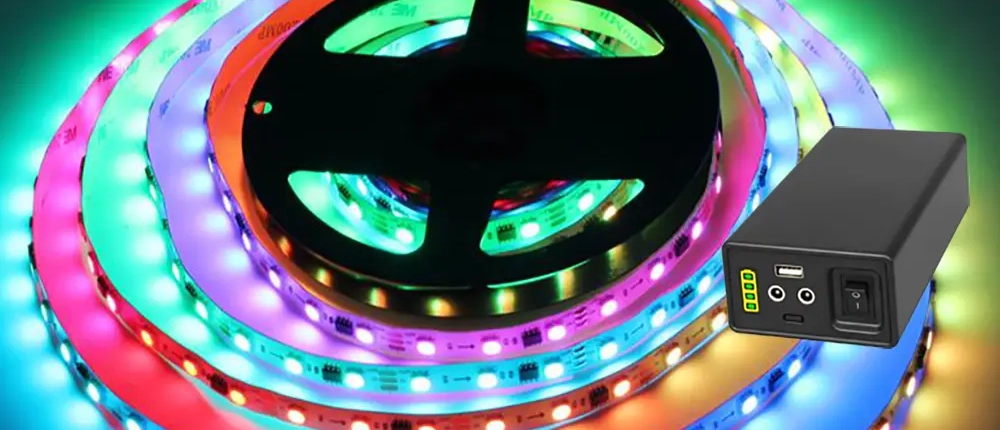
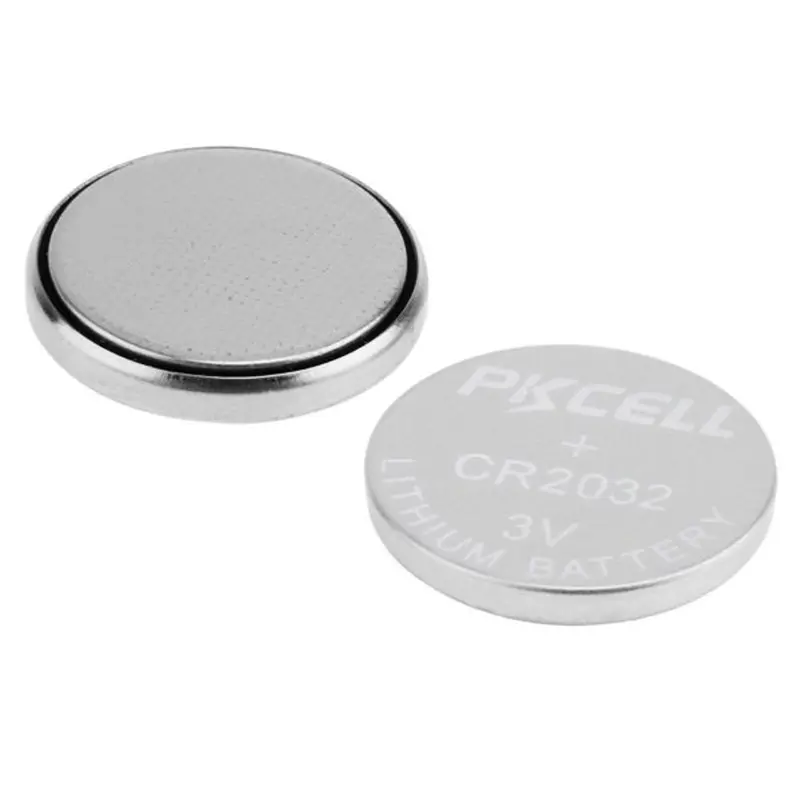
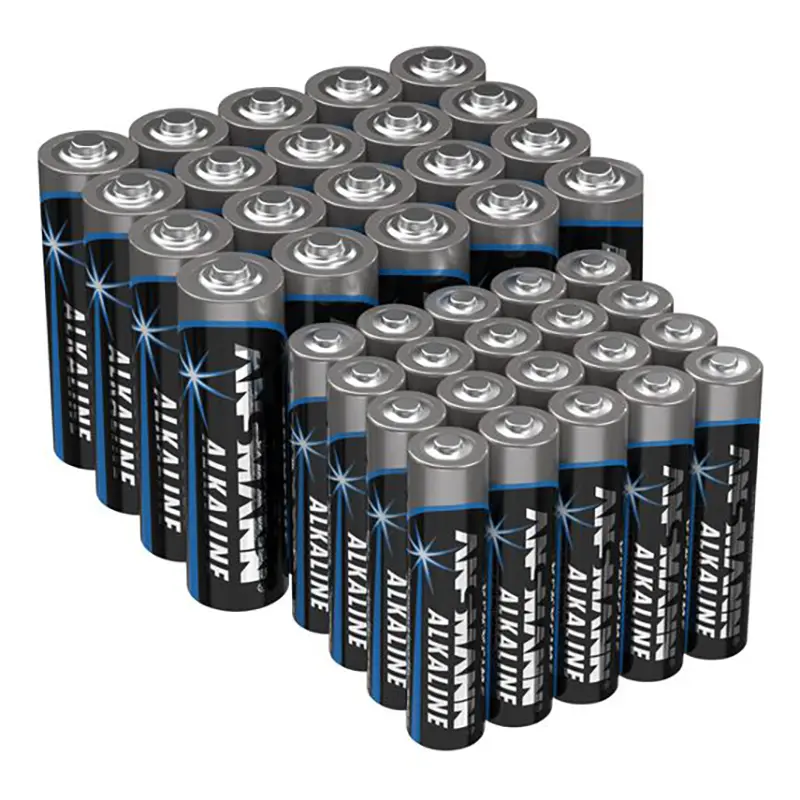
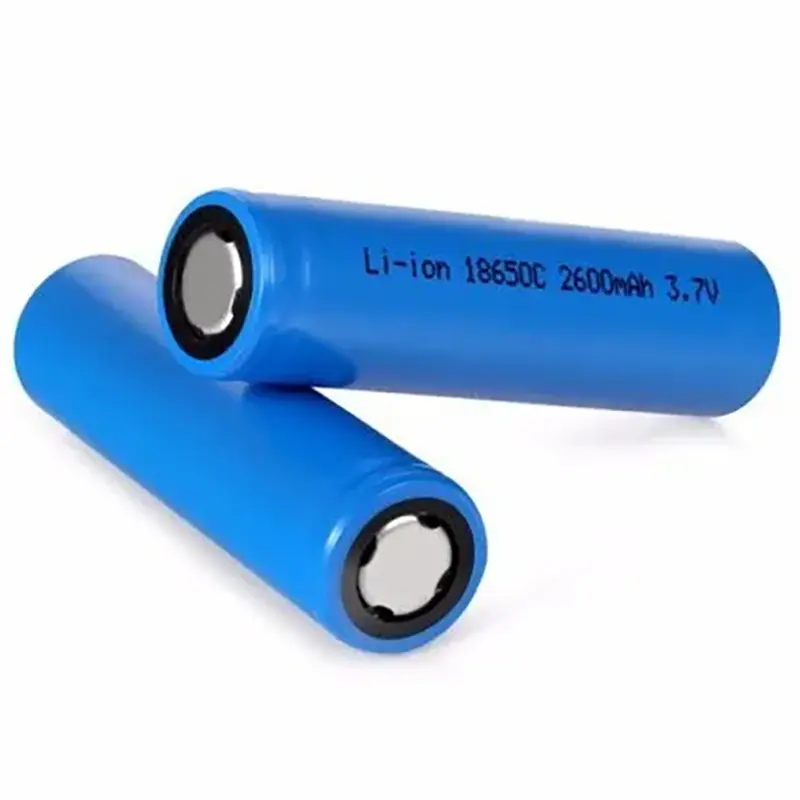
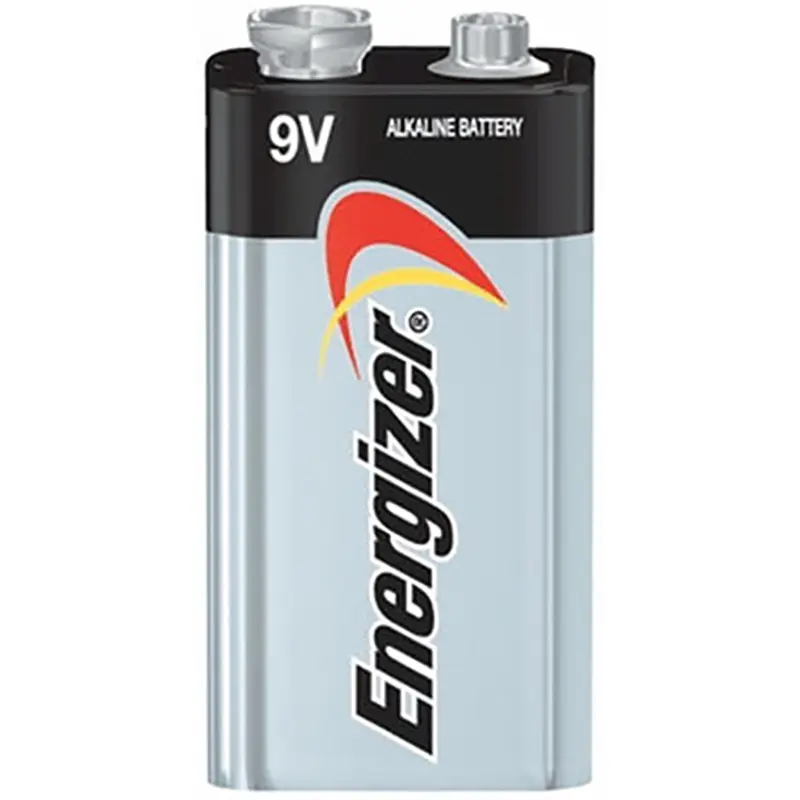
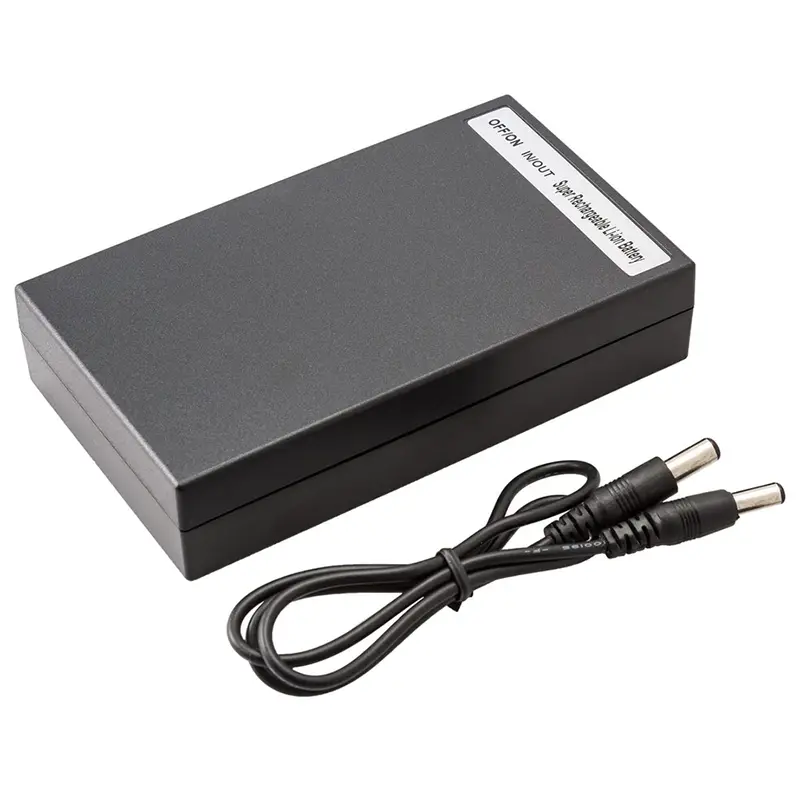
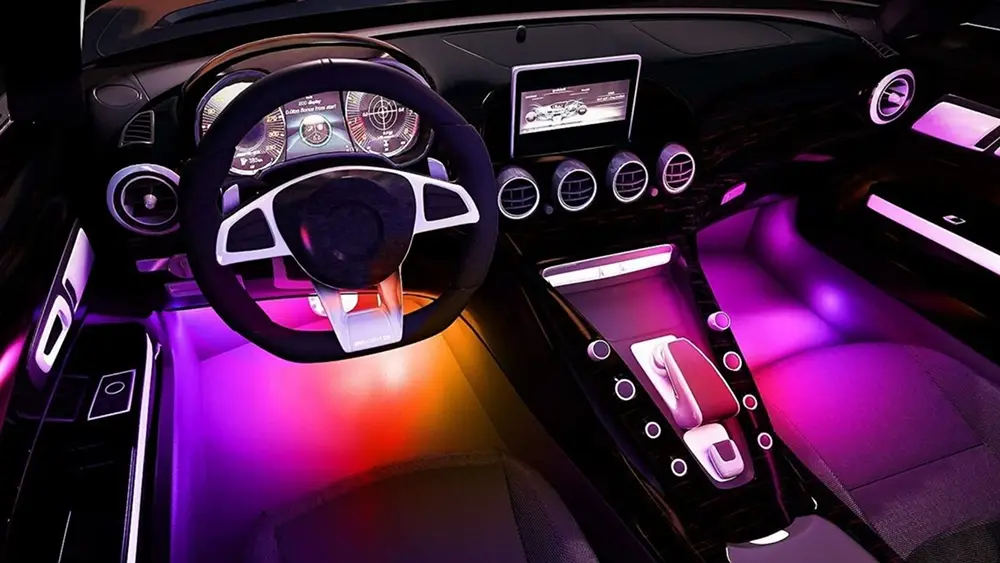


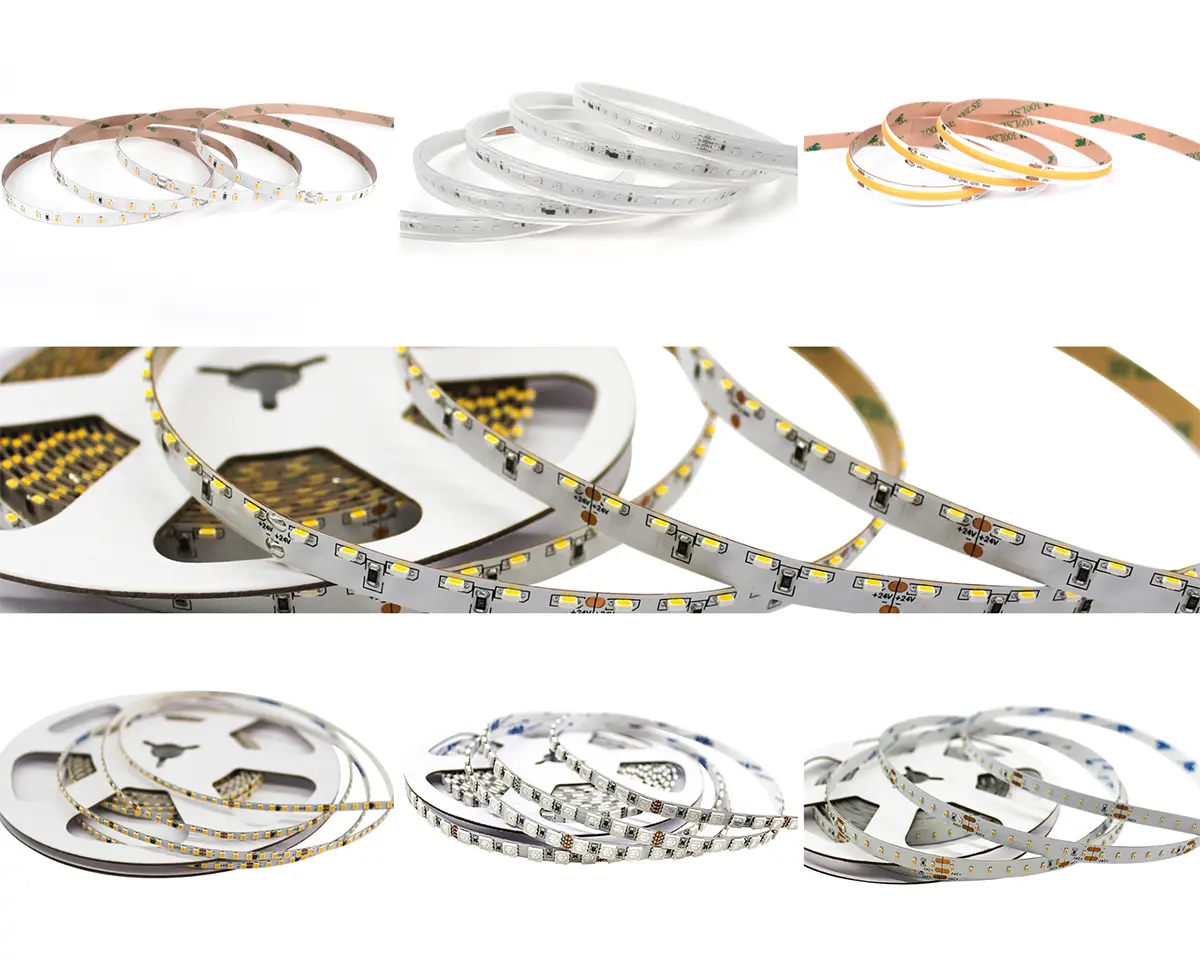
Welcome all your opinions.